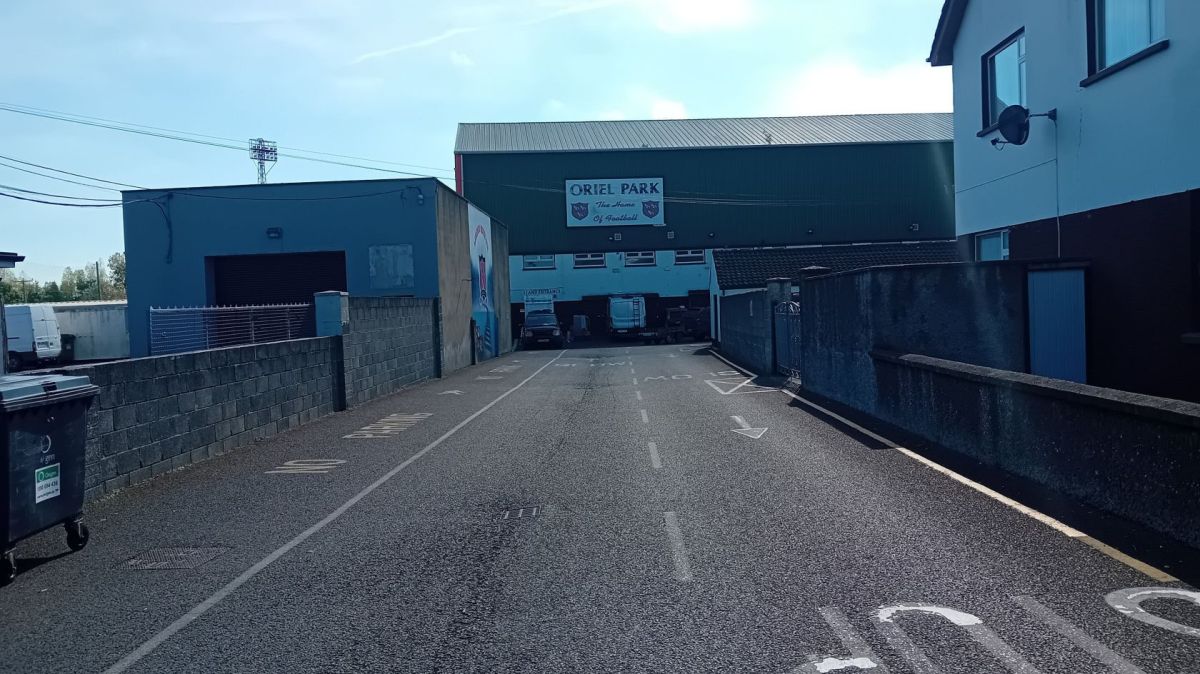The fire raged for three days across the cross-border blanket bog, a critical habitat for biodiversity and home to the endangered hen harrier.
Roy Spence, from the River Blackwater Catchment Trust (RBCT), said bringing the bog back to ecological health is “a battle.” Despite a flush of new greenery, he warned that the appearance of Molinia grasses signals more risk than recovery, as these species are highly flammable. “It takes millennia for peatland to return to its original condition,” he said.
Slieve Beagh holds multiple environmental designations, including Special Area of Conservation and Ramsar status, yet its recovery remains a long-term challenge. The RBCT has secured EU funding for restoration, including measures such as removing invasive species and blocking drainage channels to rewet the land.
Following a fire in May, a conservation group says it could take thousands of years for the peatland of Slieve Beag to recover.
— BBC News NI (@BBCNewsNI) July 15, 2025
The River Blackwater Catchment Trust says technology must be embraced in order to prevent further damage.
Full story here: https://t.co/mHKnTSpzEZ pic.twitter.com/tcNDjDW2dw
“The first step in any ecosystem is plant recovery,” Spence explained. “We need bilberry, sphagnum moss, bog myrtle – plants that support insect life, which in turn brings back the birds.” Attracting sufficient insects could take up to six years; successful birds nesting depends on weather and predator pressures.
To prevent future damage, the RBCT is developing a wildfire response plan with other agencies. This includes early-winning systems using WhatsApp groups and lookout volunteers, as well as drones and AI technologies for fire detection and potentially suppression.
The fire was especially destructive because it burned deep into the peat, raising concerns about whether the ecosystem can regenerate from below the surface. Long-term plans include reintroducing controlled grazing to manage flammable vegetation and tackling arson with technology such as surveillance drones and remote monitoring.
As climate change brings hotter, drier springs, RBCT secretary Alan McCabe stressed the urgency of collective action. “Everything’s stacked against us,” he said. “But solutions exist, if we work together.”















